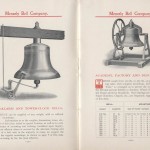 Did you know the 1876 Centennial Bell and the 1893 Columbian Liberty Bell both weighed thirteen thousand pounds? Do you know why? The Trade Literature Collection at the National Museum of American History Library includes a Meneely Bell Co. catalog which answers that question and more.
Did you know the 1876 Centennial Bell and the 1893 Columbian Liberty Bell both weighed thirteen thousand pounds? Do you know why? The Trade Literature Collection at the National Museum of American History Library includes a Meneely Bell Co. catalog which answers that question and more.
Smithsonian Libraries and Archives / Unbound

Have you ever been working on a research project with a group of people and wished for a better way to share your work online, or “in the cloud”? Well, a number of tools exist for just this purpose – including the two reference managers I told you about in my last couple of Library Hacks posts. In my final post on these tools, I’ll discuss how both Zotero and Mendeley offer ways to help you collaborate and communicate with colleagues to make sharing research easier. So far, these tools may have seemed pretty similar, but this is where you will see some distinct differences between the two.
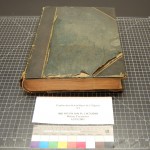
What is a full treatment exactly, in book preservation terms? A full treatment entails the dis-binding, washing, drying, re-sewing and re-casing of a book. In the case of Exploration Scientifique de L’Algérie, the book came to us from the Cullman Rare Book Library because it had previously been damaged by water and mold. In order to clean, flatten and remove the mold from the book, we needed to take it apart section by section, page by page.
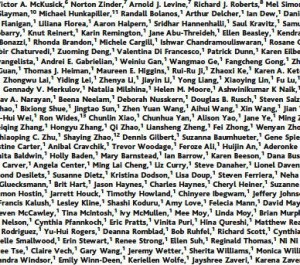 Several years ago the National Museum of Natural History hosted a visitor from Science magazine who gave a presentation for authors on strategies for getting published in that journal which boasts a low 7% acceptance rate. The session contained some helpful tips and the speaker ended his talk with some humor by speculating (somewhat facetiously, perhaps) on the top 10 future trends in scientific publishing. Referring to the recent growth in co-authorship, one of his “predictions” was that someday the list of co-authors for an article would exceed the length of the article itself. While that may have seemed amusing, few realized that within a short time the Smithsonian Research Online (SRO) database of scholarly publications would add an article which includes over 3000 co-authors and approximately the same number of words in the article’s body of text.
Several years ago the National Museum of Natural History hosted a visitor from Science magazine who gave a presentation for authors on strategies for getting published in that journal which boasts a low 7% acceptance rate. The session contained some helpful tips and the speaker ended his talk with some humor by speculating (somewhat facetiously, perhaps) on the top 10 future trends in scientific publishing. Referring to the recent growth in co-authorship, one of his “predictions” was that someday the list of co-authors for an article would exceed the length of the article itself. While that may have seemed amusing, few realized that within a short time the Smithsonian Research Online (SRO) database of scholarly publications would add an article which includes over 3000 co-authors and approximately the same number of words in the article’s body of text.
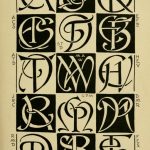 Typography, the aesthetics of language, gets a lot of attention these days. What was once the purview of specialized professionals is now as common as the PC. The digital revolution’s democratizing impact on publishing has also been a boon for the typographer–or at least the typographer’s eye–in the digital sphere. Even if you aren’t labeling your digital choices as “typography,” chances are you are posing questions that typographers ask. How can font help convey meaning? Why is one font preferable to another? Or even, should this be bold and in red?
Typography, the aesthetics of language, gets a lot of attention these days. What was once the purview of specialized professionals is now as common as the PC. The digital revolution’s democratizing impact on publishing has also been a boon for the typographer–or at least the typographer’s eye–in the digital sphere. Even if you aren’t labeling your digital choices as “typography,” chances are you are posing questions that typographers ask. How can font help convey meaning? Why is one font preferable to another? Or even, should this be bold and in red?
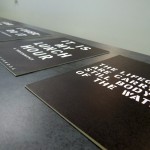 Ida Applebroog’s artists’ books have a way of making you feel slightly uncomfortable without really knowing why. At least that is the effect her small books have on me. My first encounter with them had me feeling generally uncertain, thinking not only “What are these things?” but also “Why are these things?” Even after reading several of her books, I still did not understand exactly what her images represented. I had to read about Applebroog’s books to better understand.
Ida Applebroog’s artists’ books have a way of making you feel slightly uncomfortable without really knowing why. At least that is the effect her small books have on me. My first encounter with them had me feeling generally uncertain, thinking not only “What are these things?” but also “Why are these things?” Even after reading several of her books, I still did not understand exactly what her images represented. I had to read about Applebroog’s books to better understand.

